Your Kubernetes clusters deserve to stay clean. Your platform deserves full control. Now you can have both.
Introducing Agentless Mode for Sveltos: Clean Clusters, Zero Footprint Imagine offering Kubernetes clusters to your customers—fully managed, highly available, and production-ready—without ever needing to install a single controller or CRD inside their environments. No sidecars. No leftover objects. No risk of interference. Just clean, application-focused clusters. That’s the dream for any company delivering Kubernetes as a service (KaaS). With our latest update to Sveltos, that dream just became reality. A Major Update: Sveltos Agentless Mode Today, we’re excited to introduce a major enhancement to Sveltos Agentless Mode—a smarter, safer way to deliver centralized management, configuration drift detection, and event monitoring without leaving a trace on managed clusters. Why This Matters: Clean Clusters, Happier Customers In conversations with platform engineers, infrastructure leads, and cloud-native architects, we kept hearing the same challenge: “We want to keep our managed clusters clean. Our customers expect their clusters to be untouched by our tooling.” It’s a valid expectation. As more companies offer Kubernetes platforms to internal teams or external customers, the demand for invisible control planes is rising. Security-conscious users don’t want third-party agents lingering in their environments. Ops teams want to minimize blast radius. Compliance teams want clear boundaries between app code and platform tooling. We listened and reimagined how Sveltos works under the hood. What’s New: Agentless Mode, Reinvented With this release, Sveltos now deploys its drift detection and event monitoring components entirely within the management cluster. For every managed cluster, a dedicated set of agents runs in the central control plane, collecting events and watching for configuration drift. Nothing is deployed into the managed cluster itself. Here’s what this looks like: No CRDs or Custom Resources No Deployments, Sidecars, or Daemons in Managed Clusters Full Visibility Control From a Single Management Cluster This new agentless architecture is now the default when you set Sveltos to manage external clusters. It’s clean, efficient, and fully production-ready. How This Helps You Whether you're running dozens or hundreds of clusters, this update makes your life easier in several ways: Clean Clusters: Give your customers fully isolated environments with no control plane footprint. Ideal for multi-tenant KaaS platforms and regulated industries. Lower Operational Risk: No need to troubleshoot agents in every cluster. All Sveltos logic runs centrally. Better Performance and Observability: You still get real-time event monitoring and drift detection—with fewer moving parts. Smarter Scaling: As you onboard more clusters, management cost and complexity remain low. One early adopter, a platform engineer at a fast-growing SaaS provider, put it this way: “With the new agentless mode, we can finally give our internal teams clean Kubernetes clusters. And the Sveltos control plane still gives us everything we need to keep configurations in check.” Built for Your Platform Engineering Stack This improvement is a perfect fit if you’re: Delivering Kubernetes-as-a-Service to customers or teams Managing edge, IoT, or regulated clusters where access must be minimal Looking to reduce operational overhead while improving observability And if you've spent time managing large Kubernetes environments even enterprise-grade platforms like Red Hat OpenShift you know how easy it is for clusters to become bloated with dozens of small operators. Each operator typically handles a very specific task: watching one resource and creating or updating another. In medium-sized clusters, you often end up with a sprawling ecosystem of tiny operators, many of them third-party, each introducing a little more operational overhead, more complexity, and more surface area for potential issues. We saw this first-hand. It’s powerful, but it can also become difficult to maintain and audit over time. Sveltos offers a smarter alternative. Instead of scattering responsibility across many small operators, you can now define clear, centralized rules in Sveltos:
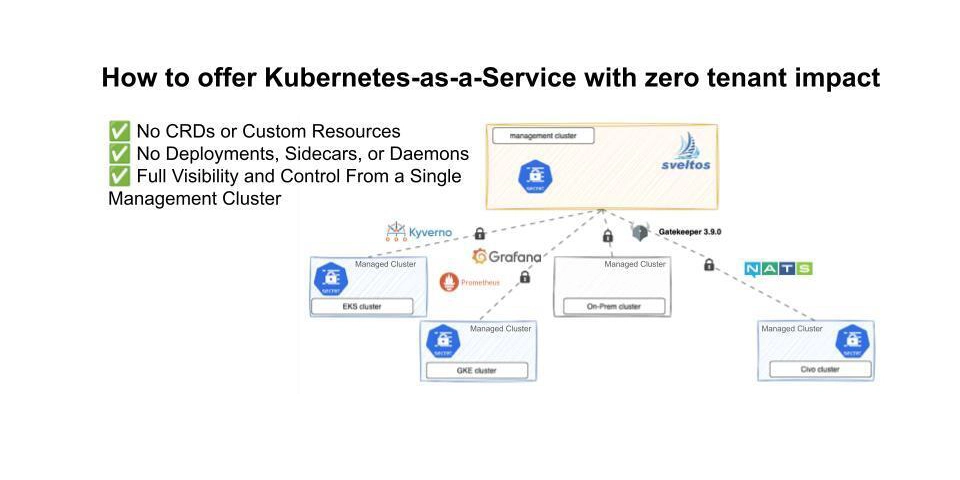
Introducing Agentless Mode for Sveltos: Clean Clusters, Zero Footprint
Imagine offering Kubernetes clusters to your customers—fully managed, highly available, and production-ready—without ever needing to install a single controller or CRD inside their environments.
- No sidecars.
- No leftover objects.
- No risk of interference.
Just clean, application-focused clusters.
That’s the dream for any company delivering Kubernetes as a service (KaaS).
With our latest update to Sveltos, that dream just became reality.
A Major Update: Sveltos Agentless Mode
Today, we’re excited to introduce a major enhancement to Sveltos Agentless Mode—a smarter, safer way to deliver centralized management, configuration drift detection, and event monitoring without leaving a trace on managed clusters.
Why This Matters: Clean Clusters, Happier Customers
In conversations with platform engineers, infrastructure leads, and cloud-native architects, we kept hearing the same challenge:
“We want to keep our managed clusters clean. Our customers expect their clusters to be untouched by our tooling.”
It’s a valid expectation.
As more companies offer Kubernetes platforms to internal teams or external customers, the demand for invisible control planes is rising.
Security-conscious users don’t want third-party agents lingering in their environments.
Ops teams want to minimize blast radius.
Compliance teams want clear boundaries between app code and platform tooling.
We listened and reimagined how Sveltos works under the hood.
What’s New: Agentless Mode, Reinvented
With this release, Sveltos now deploys its drift detection and event monitoring components entirely within the management cluster.
For every managed cluster, a dedicated set of agents runs in the central control plane, collecting events and watching for configuration drift.
Nothing is deployed into the managed cluster itself.
Here’s what this looks like:
- No CRDs or Custom Resources
- No Deployments, Sidecars, or Daemons in Managed Clusters
- Full Visibility
- Control From a Single Management Cluster
This new agentless architecture is now the default when you set Sveltos to manage external clusters.
It’s clean, efficient, and fully production-ready.
How This Helps You
Whether you're running dozens or hundreds of clusters, this update makes your life easier in several ways:
- Clean Clusters: Give your customers fully isolated environments with no control plane footprint. Ideal for multi-tenant KaaS platforms and regulated industries.
- Lower Operational Risk: No need to troubleshoot agents in every cluster. All Sveltos logic runs centrally.
- Better Performance and Observability: You still get real-time event monitoring and drift detection—with fewer moving parts.
- Smarter Scaling: As you onboard more clusters, management cost and complexity remain low.
One early adopter, a platform engineer at a fast-growing SaaS provider, put it this way:
“With the new agentless mode, we can finally give our internal teams clean Kubernetes clusters. And the Sveltos control plane still gives us everything we need to keep configurations in check.”
Built for Your Platform Engineering Stack
This improvement is a perfect fit if you’re:
- Delivering Kubernetes-as-a-Service to customers or teams
- Managing edge, IoT, or regulated clusters where access must be minimal
- Looking to reduce operational overhead while improving observability
And if you've spent time managing large Kubernetes environments even enterprise-grade platforms like Red Hat OpenShift you know how easy it is for clusters to become bloated with dozens of small operators. Each operator typically handles a very specific task: watching one resource and creating or updating another.
In medium-sized clusters, you often end up with a sprawling ecosystem of tiny operators, many of them third-party, each introducing a little more operational overhead, more complexity, and more surface area for potential issues.
We saw this first-hand. It’s powerful, but it can also become difficult to maintain and audit over time.
Sveltos offers a smarter alternative.
Instead of scattering responsibility across many small operators, you can now define clear, centralized rules in Sveltos:

































































![Apple Drops New Immersive Adventure Episode for Vision Pro: 'Hill Climb' [Video]](https://www.iclarified.com/images/news/97133/97133/97133-640.jpg)

![Most iPhones Sold in the U.S. Will Be Made in India by 2026 [Report]](https://www.iclarified.com/images/news/97130/97130/97130-640.jpg)

























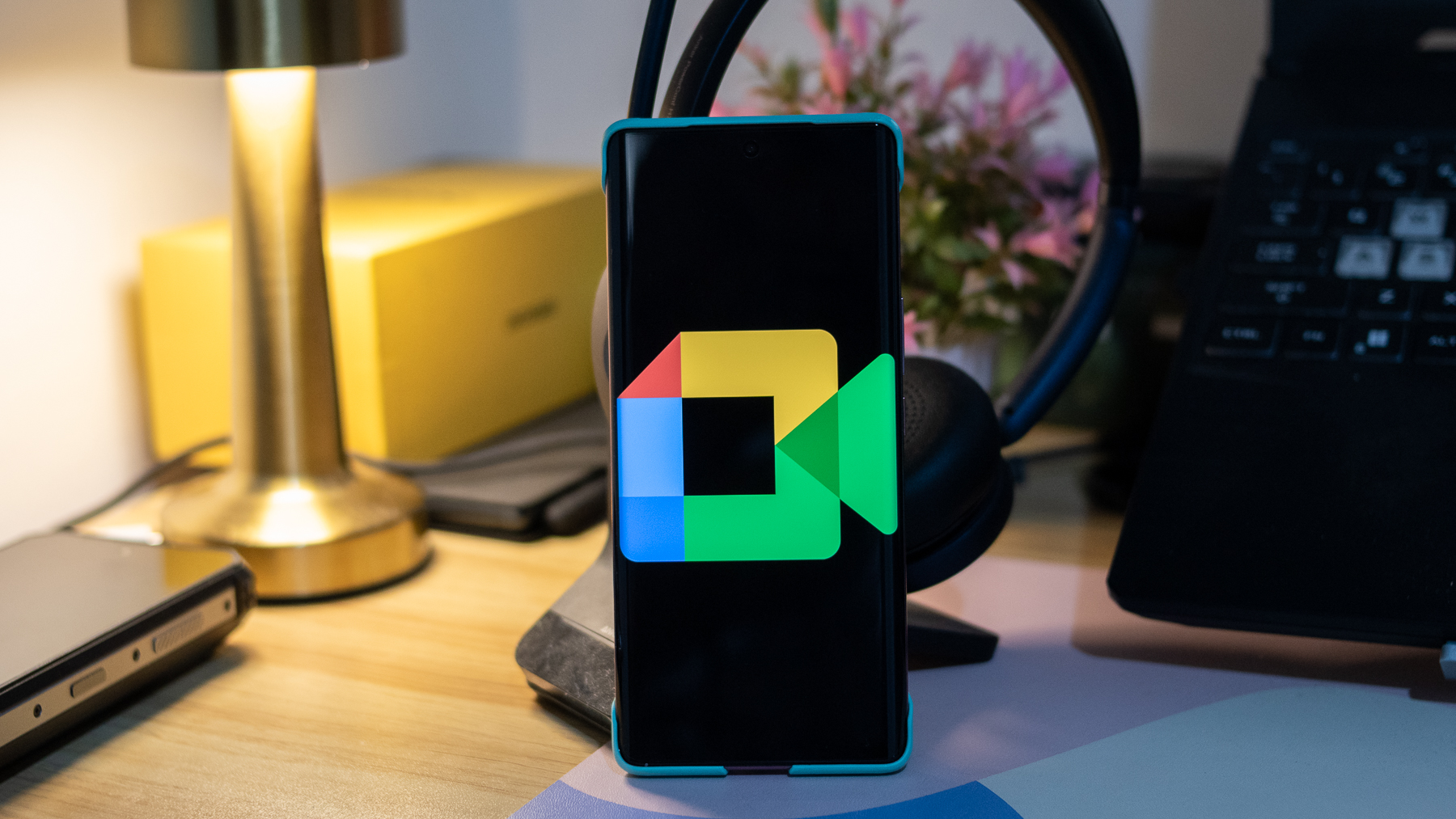















































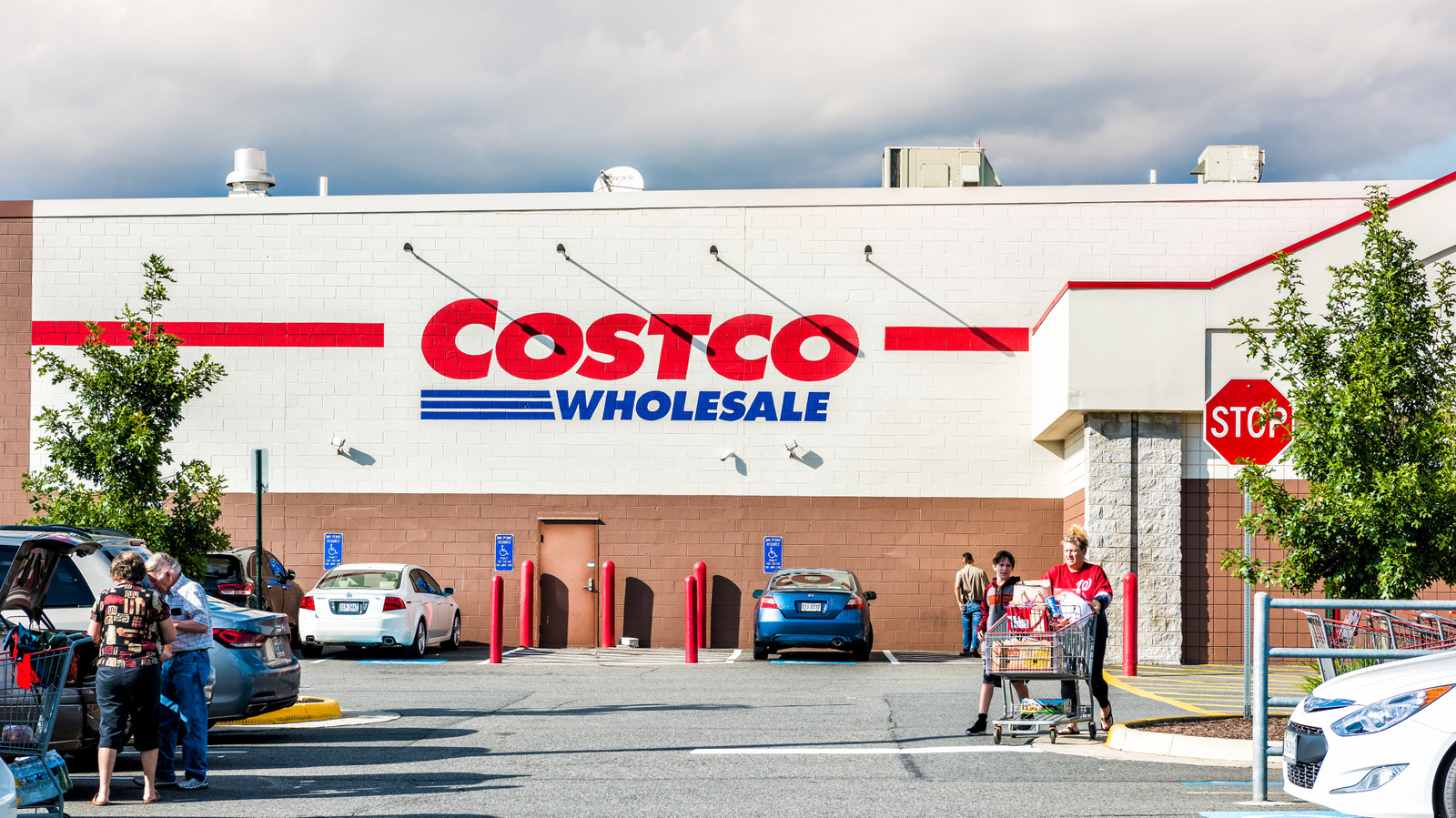


































_Olekcii_Mach_Alamy.jpg?width=1280&auto=webp&quality=80&disable=upscale#)























































































![[The AI Show Episode 144]: ChatGPT’s New Memory, Shopify CEO’s Leaked “AI First” Memo, Google Cloud Next Releases, o3 and o4-mini Coming Soon & Llama 4’s Rocky Launch](https://www.marketingaiinstitute.com/hubfs/ep%20144%20cover.png)



























































































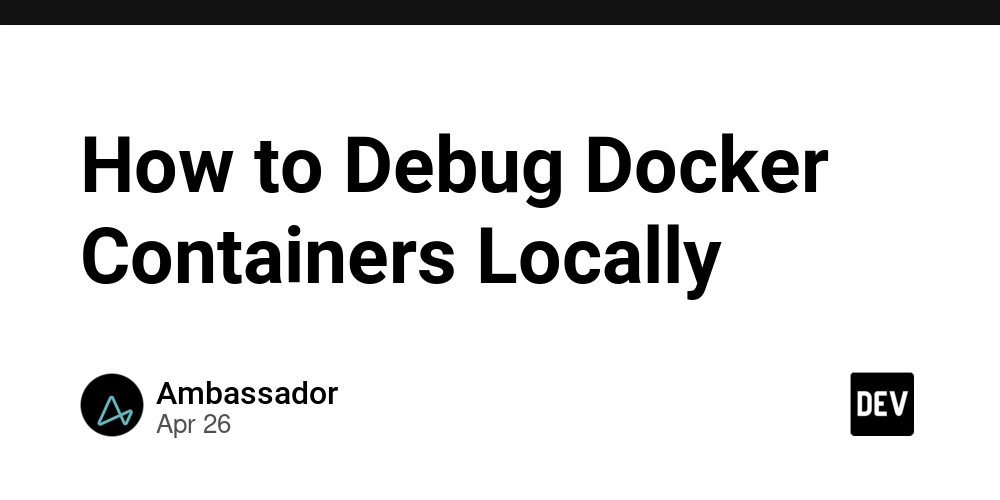
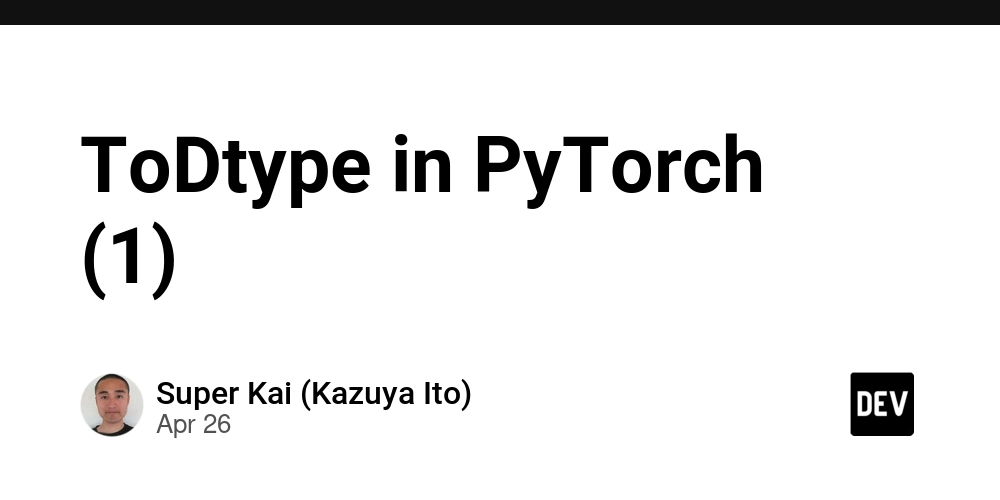

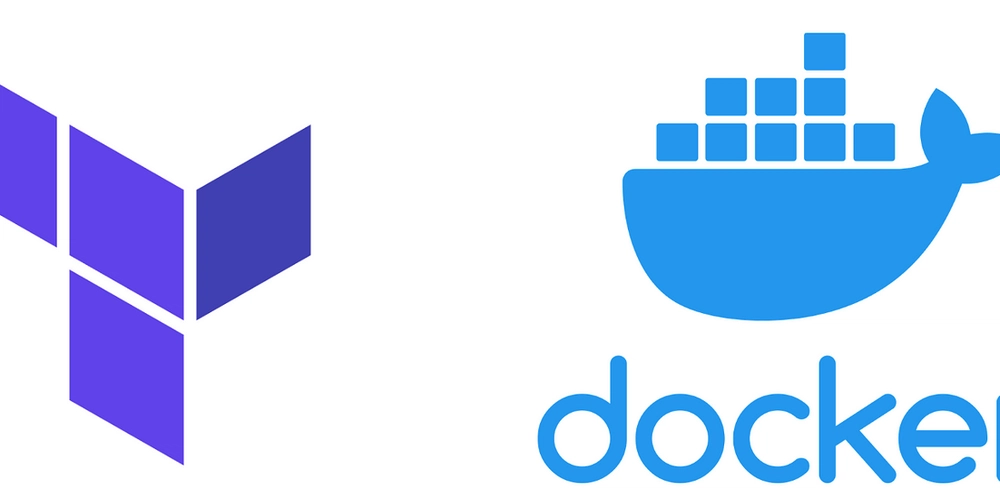





























































































































.jpg?width=1920&height=1920&fit=bounds&quality=70&format=jpg&auto=webp#)








